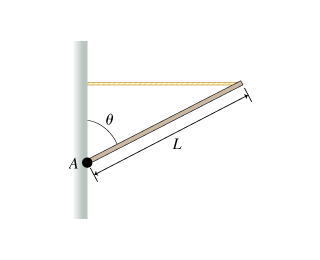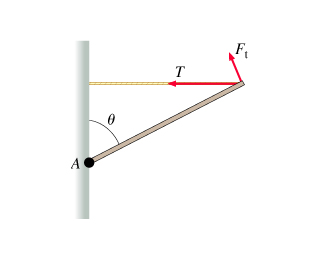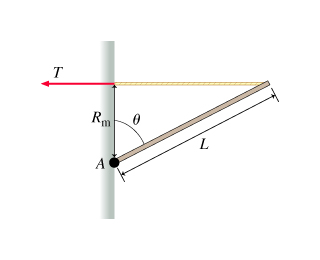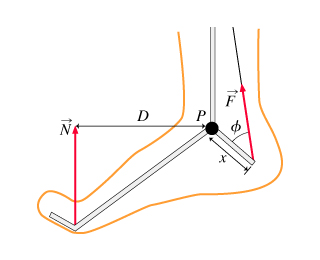Kinesiology 2241A/B Lecture Notes - Lecture 9: Soleus Muscle, Angular Velocity, Angular Acceleration
65 views2 pages
26 Oct 2017
School
Department
Course
Professor
Document Summary
A(cid:272)(cid:272)ordi(cid:374)g to (cid:374)e(cid:449)to(cid:374)"s 2nd law: when a force is applied to an object then it accelerates in a straight line, the force must be applied at the center of the mass. If the object is a body segment that is attached at one end via a joint, then the rotation (and the torque) acts about the joint. When the gastrocnemius and soleus muscles pull on the achilles tendon, the foot. Segment rotates about the ankle (and not the foot center of mass) So torque (aka moment of force) has a magnitude of: torque = force x perpendicular distance. The angular acceleration that results from tis torque is: t = i x alpha. Where i is the moment of inertia (ie, rotational mass) and alpha is the angular velocity. Just like a force, torque is a vector and so it has the same 4 characteristics of any vector: 1. Magnitude is t= f x d: 2.
Get access
Grade+20% off
$8 USD/m$10 USD/m
Billed $96 USD annually

Homework Help
Study Guides
Textbook Solutions
Class Notes
Textbook Notes
Booster Class
40 Verified Answers
Class+
$8 USD/m
Billed $96 USD annually

Homework Help
Study Guides
Textbook Solutions
Class Notes
Textbook Notes
Booster Class
30 Verified Answers




